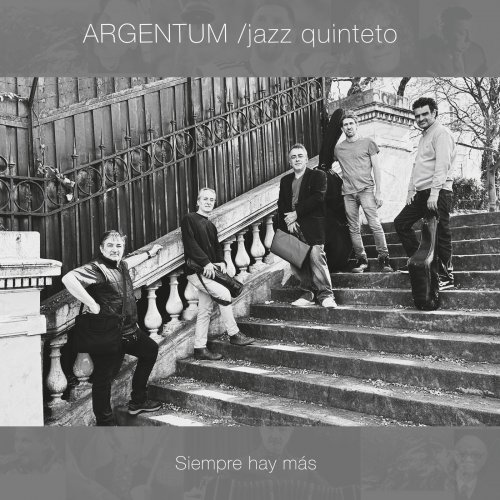Philippe Entremont, New York Philharmonic Orchestra, Leonard Bernstein - Bernstein: Age of Anxiety (1966/2017) [HDTracks]

Artist: Philippe Entremont, New York Philharmonic Orchestra, Leonard Bernstein
Title: Bernstein: Age of Anxiety (Remastered)
Year Of Release: 2017 (1966)
Label: Sony Classical
Genre: Classical
Quality: FLAC (tracks) [24Bit/192kHz]
Total Time: 01:07:21
Total Size: 2,77 GB
WebSite: Album Preview
Title: Bernstein: Age of Anxiety (Remastered)
Year Of Release: 2017 (1966)
Label: Sony Classical
Genre: Classical
Quality: FLAC (tracks) [24Bit/192kHz]
Total Time: 01:07:21
Total Size: 2,77 GB
WebSite: Album Preview
Symphony No. 2, “The Age of Anxiety” :: Anyone who grew up in America in the late 1950s probably first encountered classical music through a series of Young People’s Concerts, presented on television by Leonard Bernstein. Bernstein’s gently narrated, eloquent descriptions examined many aspects of his art.
One program explained that music, in itself, is never “about” anything but music. For his example, Bernstein chose the tone poem Don Quixote by Richard Strauss, specifically Variation 2, in which the Don meets a flock of sheep on the road and believes them to be soldiers. Before playing the episode, however, Bernstein created a fanciful story about a group of motorcycle riders, and allowed the music graphically to illustrate a completely different idea. His point was made.
In 1947, W. H. Auden published an epic poem, The Age of Anxiety, concerned with 20th-century man’s search for God. The poem won a Pulitzer Prize, and Bernstein, deeply moved, chose it as the subject matter for a symphony. He added a solo piano part, representing himself as a spectator. The story concerns four disenchanted people searching for faith, and Bernstein composed music to illustrate the descriptions on the printed page. At the end, after a jazz interlude for piano and percussion, “the characters disperse,” and an Epilogue, for orchestra alone, represents faith itself. Later, Bernstein rewrote the finale, adding a cadenza before the coda to round out the work’s concert function. In other words, he followed his own maxim about music not being related to anything except itself. The music had acquired a life—and a separate personality—of its own, despite the words that inspired it. —Paul Myers
One program explained that music, in itself, is never “about” anything but music. For his example, Bernstein chose the tone poem Don Quixote by Richard Strauss, specifically Variation 2, in which the Don meets a flock of sheep on the road and believes them to be soldiers. Before playing the episode, however, Bernstein created a fanciful story about a group of motorcycle riders, and allowed the music graphically to illustrate a completely different idea. His point was made.
In 1947, W. H. Auden published an epic poem, The Age of Anxiety, concerned with 20th-century man’s search for God. The poem won a Pulitzer Prize, and Bernstein, deeply moved, chose it as the subject matter for a symphony. He added a solo piano part, representing himself as a spectator. The story concerns four disenchanted people searching for faith, and Bernstein composed music to illustrate the descriptions on the printed page. At the end, after a jazz interlude for piano and percussion, “the characters disperse,” and an Epilogue, for orchestra alone, represents faith itself. Later, Bernstein rewrote the finale, adding a cadenza before the coda to round out the work’s concert function. In other words, he followed his own maxim about music not being related to anything except itself. The music had acquired a life—and a separate personality—of its own, despite the words that inspired it. —Paul Myers
Serenade (After Plato’s Symposium) :: Bernstein’s Serenade (After Plato’s Symposium), a “violin concerto” for soloist, string orchestra, harp, and percussion, probably did itself no favors by having such an erudite title. Bernstein chose the title “Serenade” (after the Italian sera, or “evening piece”), while the Symposium—Plato’s examination of the many aspects of love, as defined by his Athenian colleagues—was simply used by Bernstein to stimulate his creative energies.
That’s not to say that Bernstein didn’t take the ideas in Symposium seriously; throughout his life, he was concerned with learning about—and strengthening—the emotional bonds that connect people. He once said “I feel, love, need, and respect people above all else … I believe in man’s unconscious, the deep spring from which comes his power to communicate and to love … all art’s a combination of these powers.” For Bernstein, who described his violin showpiece as “a series of related statements in praise of love,” his Serenade was indeed an artwork that expressed this force. —Paul Myers
That’s not to say that Bernstein didn’t take the ideas in Symposium seriously; throughout his life, he was concerned with learning about—and strengthening—the emotional bonds that connect people. He once said “I feel, love, need, and respect people above all else … I believe in man’s unconscious, the deep spring from which comes his power to communicate and to love … all art’s a combination of these powers.” For Bernstein, who described his violin showpiece as “a series of related statements in praise of love,” his Serenade was indeed an artwork that expressed this force. —Paul Myers
Tracklist:
Leonard Bernstein (1918—1990)
The Age of Anxiety, Symphony No. 2 for Piano and Orchestra (after W. H. Auden)
Part One
1 a. The Prologue: Lento moderato 02:31
2 b. The Seven Ages: Variations 1 - 7 09:11
3 c. The Seven Stages: Variations 8- 14 06:15
Part Two
4 a. The Dirge: Largo 06:07
5 b. The Masque: Extremely fast 04:35
6 c. The Epilogue: Adagio - Andante - Con Moto 08:10
Serenade after Plato's Symposium for Solo Violin, Strings, Harp and Percussion
7 I. Phaedrus: Pausanias (Lento - Allegro marcato) 07:02
8 II. Aristophanes (Allegretto) 04:11
9 III. Erixymathus (Presto) 01:28
10 IV. Agathon (Adagio) 06:58
11 V. Socrates: Alcibiades (Molto tenuto - Allegro molto vivace) 10:48
*************************
Philippe Entremont, piano #1-6
Zino Francescatti, violin #7-11
New York Philharmonic Orchestra
Leonard Bernstein, conductor
![Philippe Entremont, New York Philharmonic Orchestra, Leonard Bernstein - Bernstein: Age of Anxiety (1966/2017) [HDTracks]](https://img.israbox.com/uploads/posts/2018-05/1526622554_download.jpg)
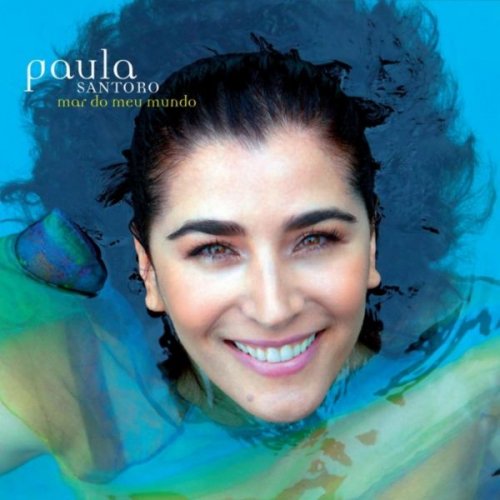
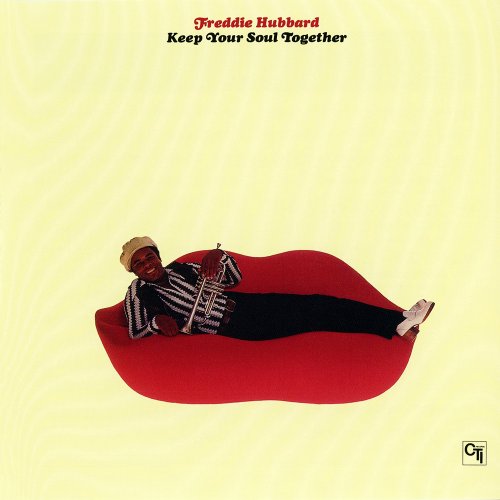
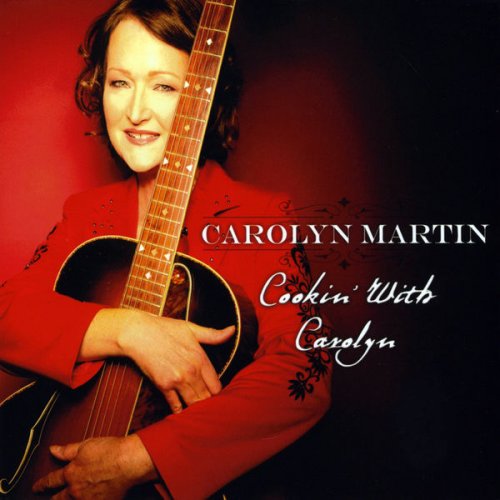
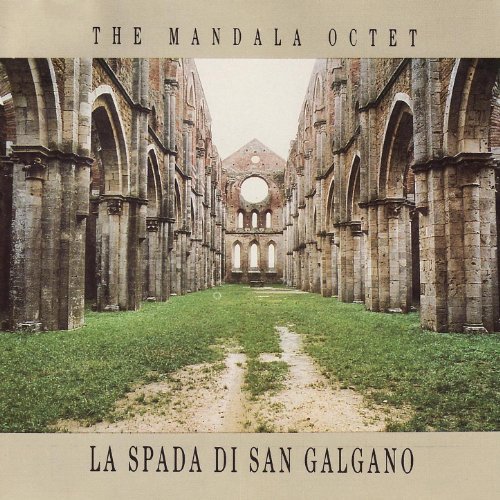
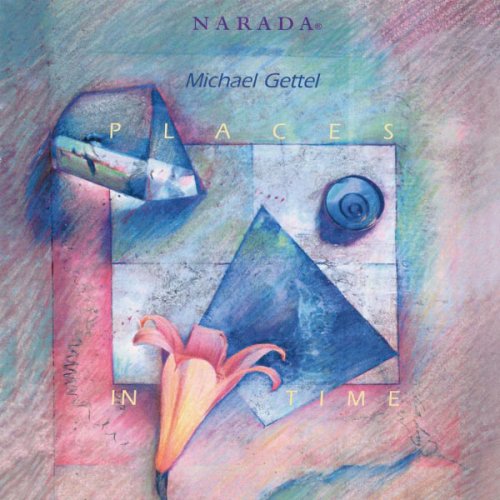

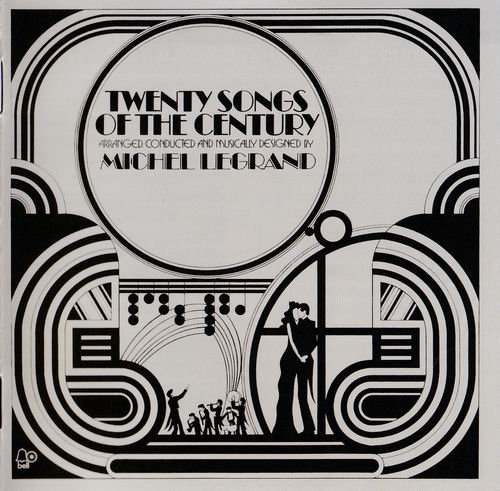
![Demo Rumudo - Second Nature (2025) [Hi-Res] Demo Rumudo - Second Nature (2025) [Hi-Res]](https://www.dibpic.com/uploads/posts/2025-12/1765883076_cover.jpg)
